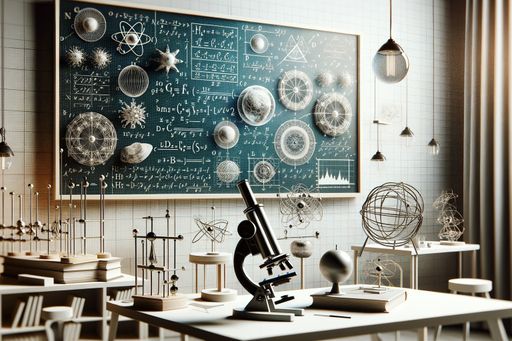Gravitational Wave Observatory in Eastern WA Breaks Quantum Limit
The LIGO Hanford Observatory near Richland has made a breakthrough in quantum limit, allowing it to detect more cataclysmic cosmic events. This quantum limit breakthrough has expanded its ability to probe a larger volume of the universe and conduct more astronomy.

Quantum Limit Breakthrough
The LIGO Hanford Observatory near Richland is expected to detect 60% more cataclysmic cosmic events — like colliding neutron stars and black holes — thanks to a quantum limit breakthrough.
Since the observatory was turned back on in May after three years of upgrades, including adding new quantum squeezing technology, it can probe a larger volume of the universe.
“Now that we have surpassed this quantum limit, we can do a lot more astronomy,” said Lee McCuller, assistant professor of physics at the California Institute of Technology and a leader in the study published in the journal “Physical Review X.”
How LIGO Works
LIGO, or the Laser Interferometer Gravitational-wave Observatory, uses lasers and large mirrors to make observations. However, it operates at a level of sensitivity that is affected by the quantum realm.
At LIGO Hanford, vacuum tubes extend for 2.5 miles at right angles across previously unused Hanford site shrub steppe land near the Tri-Cities. A mirror is suspended on glass fibers at the end of each tube. A high-power laser beam is split to go down each tube, bouncing off the mirrors at each end.
LIGO Hanford and its Louisiana twin can measure the stretching and squeezing of the fabric of space-time on scales 10 thousand trillion times smaller than a human hair.
Implications and Future Applications
The breakthrough in quantum limit at LIGO Hanford not only expands its ability to detect cataclysmic cosmic events but also has potential implications in other areas of science and technology.
The researchers believe that the knowledge gained from LIGO can be applied to problems that require measuring sub-atomic distances with incredible accuracy. This could have applications in quantum technologies, such as quantum computers, microelectronics, and fundamental physics experiments.
Furthermore, the possibility of detecting more neutron star smashups with the help of frequency-dependent squeezing is a potential area of excitement and further research at LIGO.



